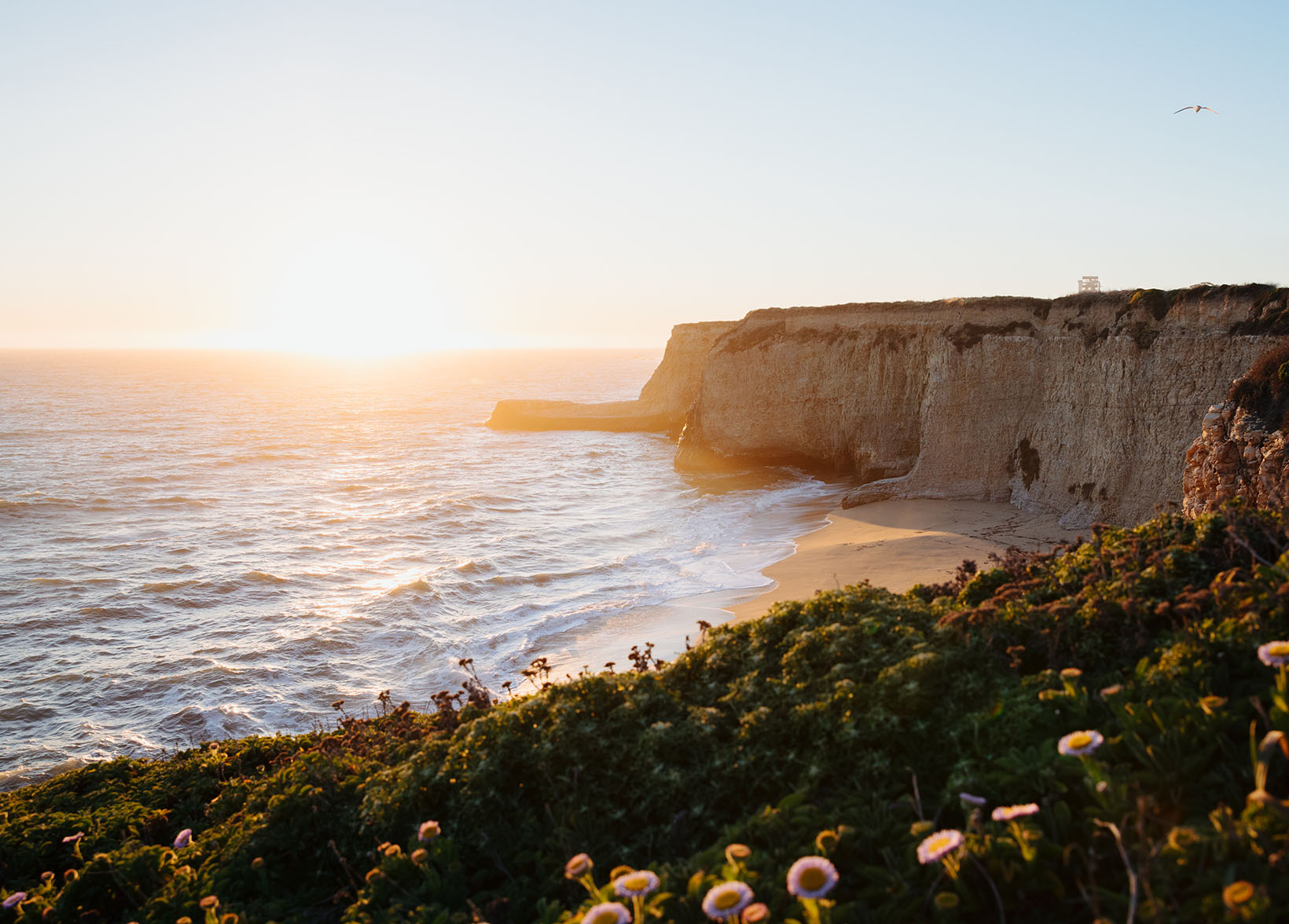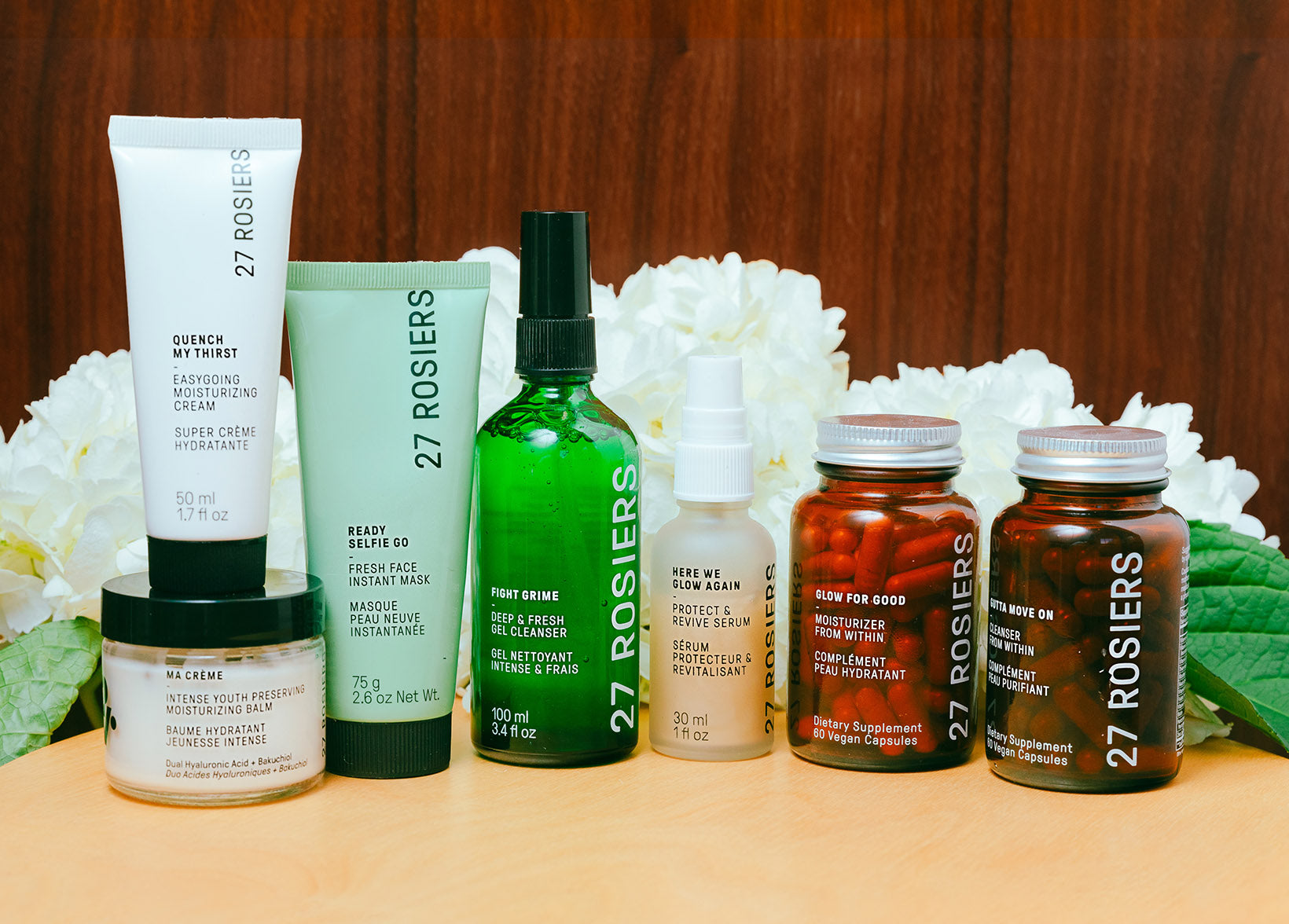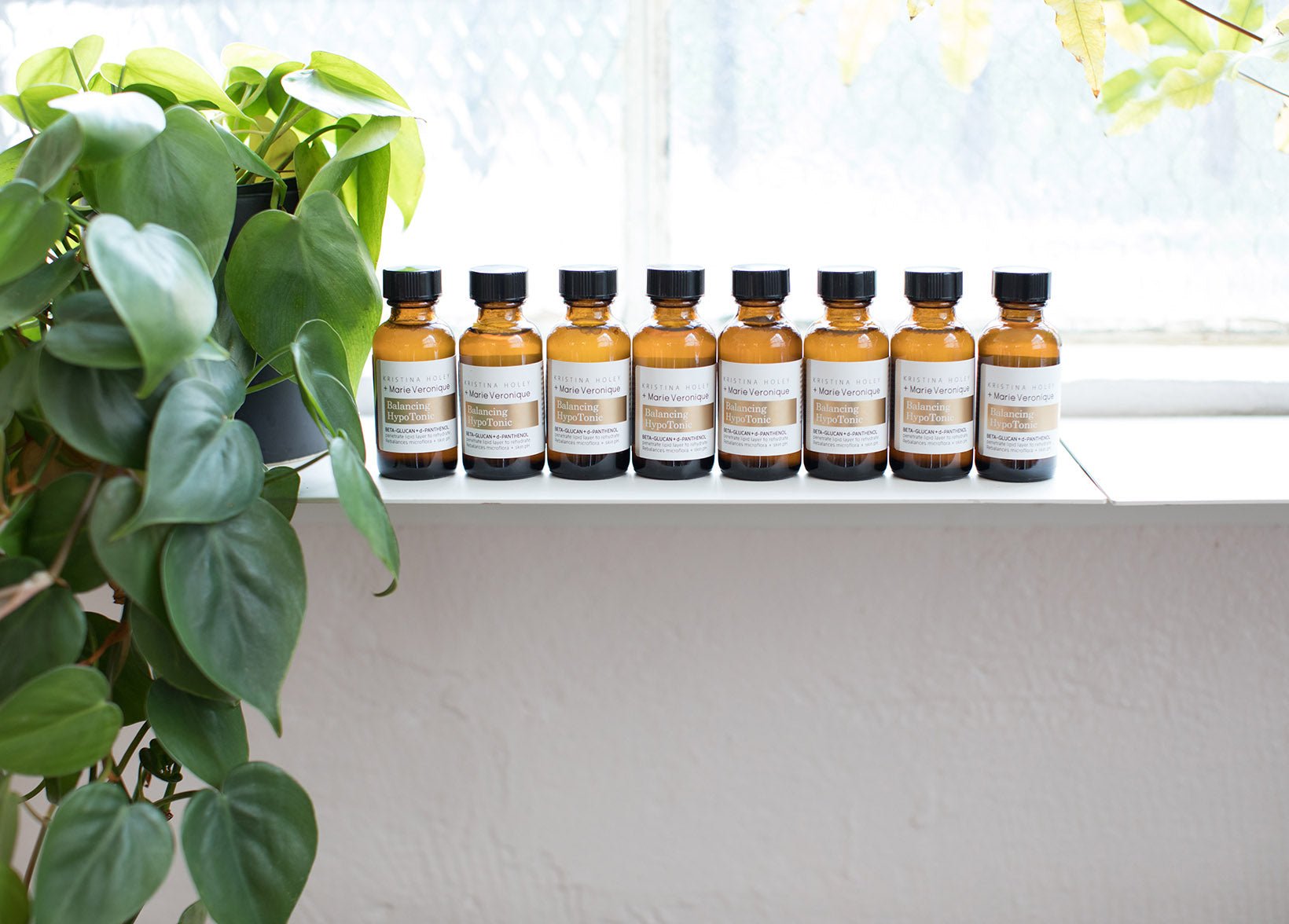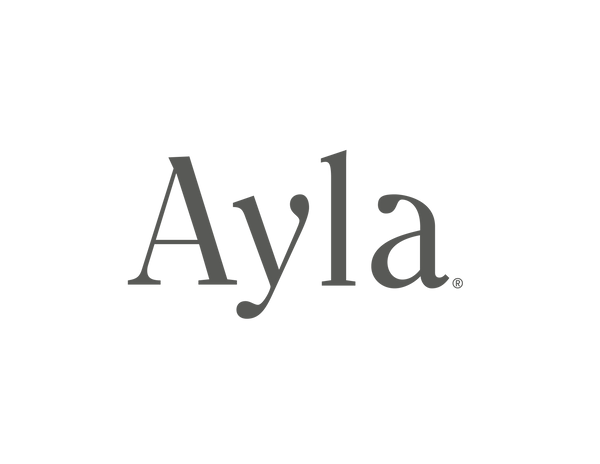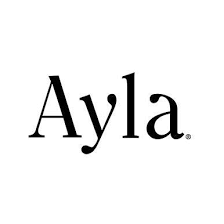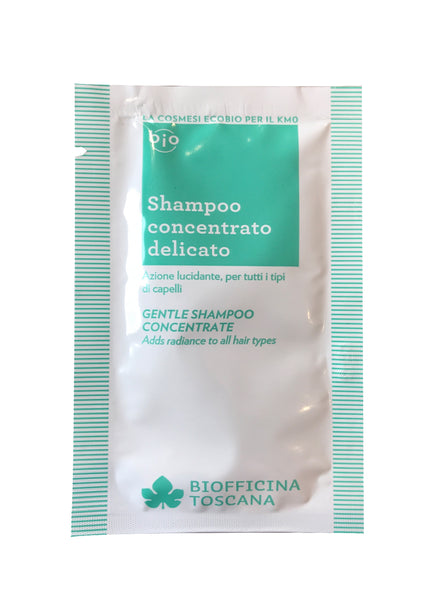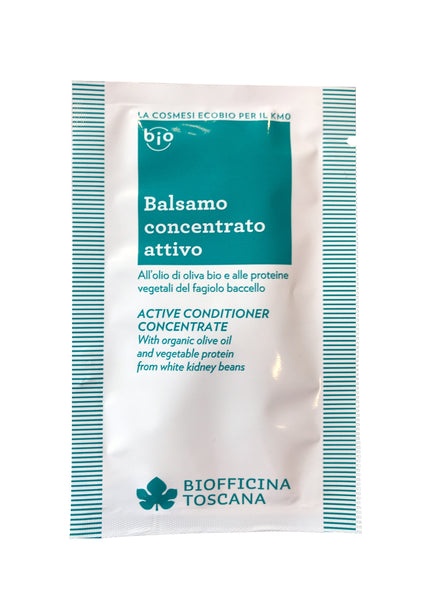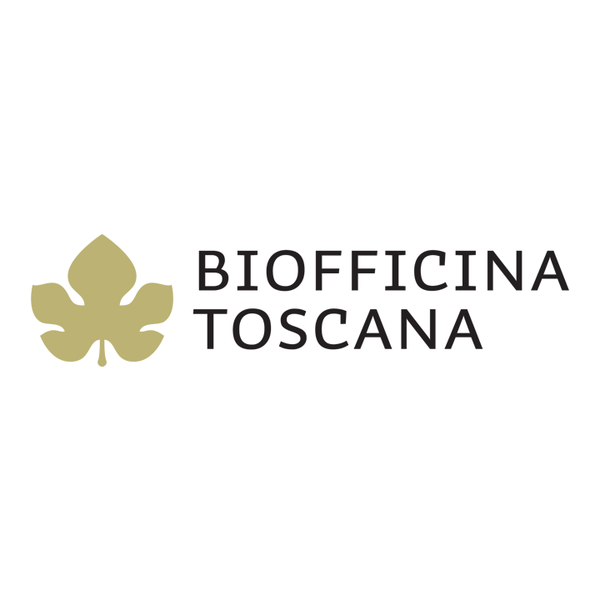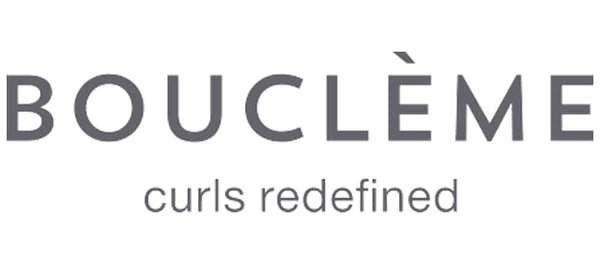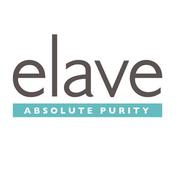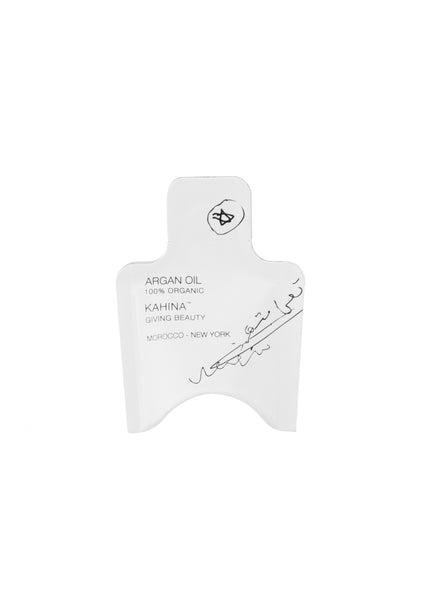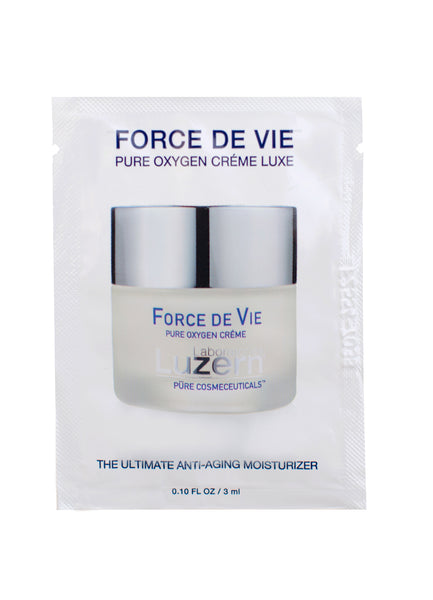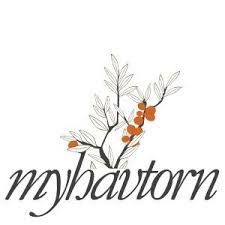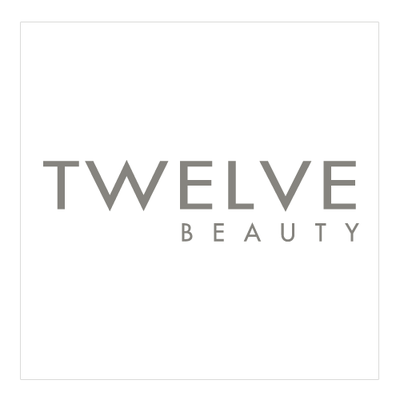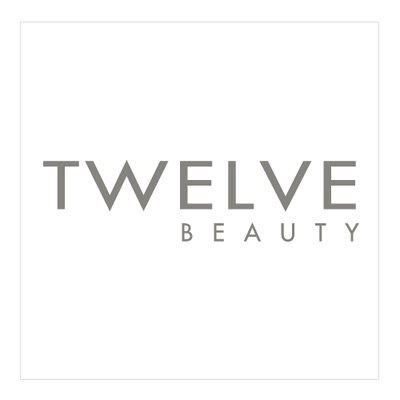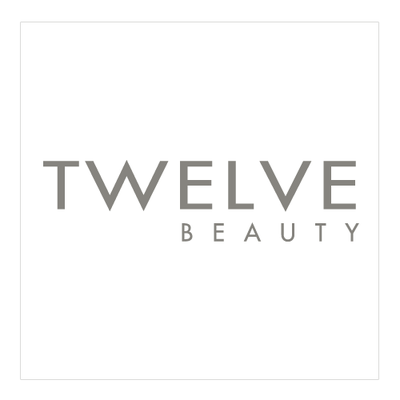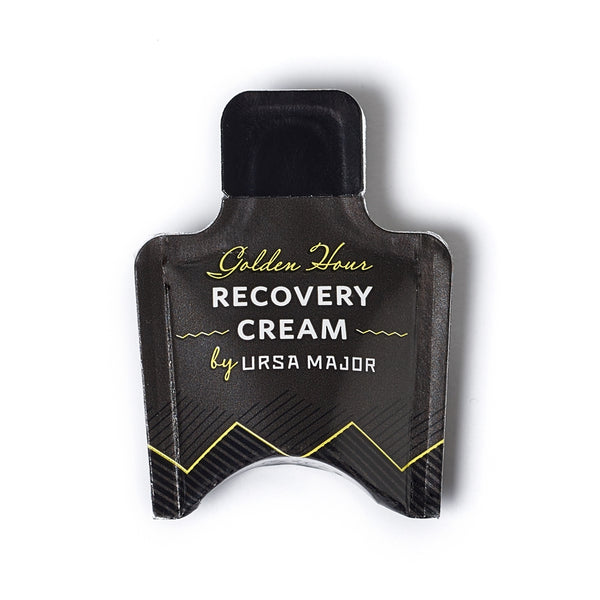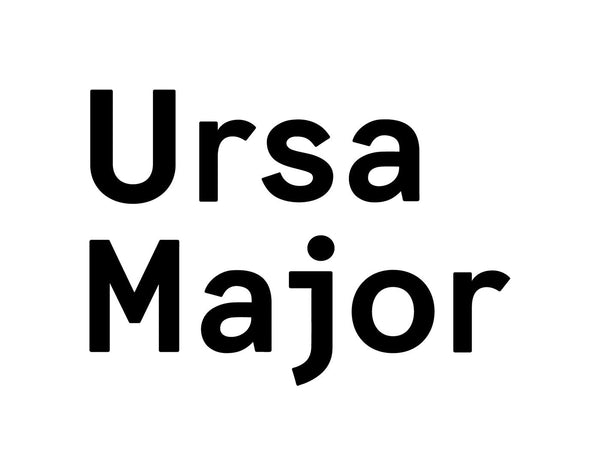Recent Articles

Ian O’Hollaren, our beloved seaweed forager, really knows his stuff. He has a degree in Tropical Horticulture from the University of Hawaii at Hilo; he also held an apprenticeship studying permaculture, aquaponics, vermicomposting, and animal husbandry at Olomana Gardens on Hawaii’s Big Island. Now settled back in his home state of California, Ian’s focus is on harvesting the highest quality wild seaweed from our central coast — which you’ll find in our Sea Soak and Straight Up Seaweed as well as on the plates of Michelin-starred restaurants like DANIEL in New York.
One of the great bonuses of our baths is the fact that their kelp can benefit your plants, too, after you’ve finished bathing in it. Here, Ian shares some ideas on using your post-bath kelp as a fertilizer.
***
Ayla: The bag of kelp from Straight Up Seaweed and the Sea Soak can be used after your bath as a plant fertilizer, which is very exciting. Tell us more about this.
IAN: Yes! When you’re done with your bath and you have this kelp left over, it’s an amazing soil additive due to all the trace minerals found in giant kelp. There are a couple of main reasons why kelp is often used as a fertilizer, too:
- Giant kelp’s organic acids will coat the soil colloid and make a casing around soil particles, increasing water retention in the soil. This means that you won’t need to water your plants as much.
- Giant kelp is also abundant in plant growth hormones — auxins, cytokinins, and giberrellins — that stimulate root growth and shoot growth, so you’ll notice healthier plant growth in general.
Both of these are great extra benefits beyond what the kelp’s done for your own body in your bath. So you can compost it, or you can more actively use it to fertilize your plants.
Ayla: How exactly would we use it?
Ian: You can take the kelp out of the bath bag and till it straight into your soil, or you can keep it in the bath bag and make it into a compost tea.
If you mainly have houseplants, I’d go with the compost tea. After your bath, put the bag of kelp back in some water and let it soak for a couple of days. It’s the same idea as the bath: you’re extracting nutrients from the seaweed and creating a liquid that’s great to water your plants with.
If you want to get into it a little more, you can sprinkle the kelp on top of your plants. Or if you’re making a soil mixture for a new houseplant, mix that loose kelp into your soil blend. It’s a great way for your plants to enjoy those great minerals, too.
***
Want to hear more from Ian? Check out our Instagram highlights to hear about a day in the life of a seaweed forager, the numerous benefits of kelp, and more details about compost tea. (He’s an expert on this, too: he makes his own CDFA and OMRI certified liquid kelp fertilizer.)
Now get your Sea Soak or Straight Up Seaweed, get soaking, and feed those plants.

